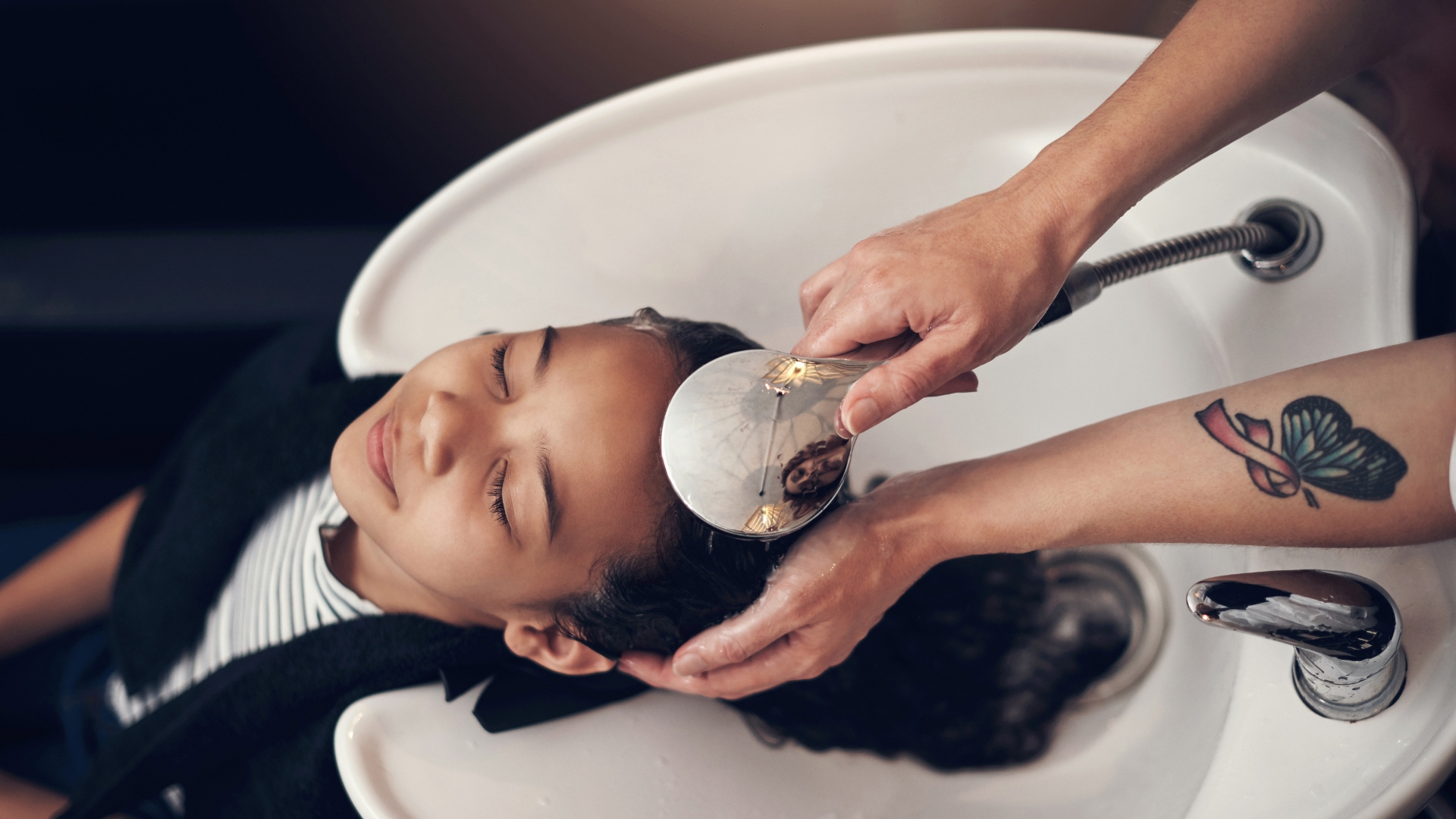You’re either a morning person or an evening person. Either way, washing, drying and styling your hair in one evening is a lot for your delicate hair. It takes ages and you get all hot and bothered from using the hairdryer. But, when you leave your hair to air dry it goes frizzy and then you have to spend longer styling it.
Fear not weary reader, we’ve got you! This is, the frizz-free way to air dry your hair. You can thank us later!
Step 1 – Dry your hair with a diffuser.
Hair diffusers cost around £7 to £10 depending on the brand, and they conveniently attach to your hairdryer. Make sure to keep your dryer on a moderately cool setting, because one of the easiest ways to allow humidity to wreak havoc on your hair is by applying too much heat. If you’re in a rush this is the best way to dry your hair, but if you can, let your hair air dry.
Step 2 – Switch your towel and technique.
When your hair is wet, it’s at its most fragile. So grabbing a towel and roughly drying is a big no-no. The friction from rubbing causes snapping and ruffles the cuticle, leaving hair frizzy. We recommend swapping your bathroom towel for a microfiber hair towel. Microfiber towels are great at wicking moisture, helping the hair dry faster. They’re so much softer too, but that’s not to say you should be aggressive. You should avoid rubbing or twisting your hair and dab it dry instead.
Step 3 – Use a comb, not a brush.
Brushing your hair when it is wet is a bad idea – especially if the hair is drying. The bristles of a brush disturb the hair leading to frizz. Not to mention the potential breakage. A wide-tooth comb detangles without displacing the hair too much. For best results, comb it in the shower while your conditioner sets in (this reduces friction and minimises breakage).
Step 4 – Calm down on the shampooing!
Yes, really. Frizz is a result of dry, dehydrated hair. When you shampoo hair too often, it strips the hair of its natural oils. Cut down your hair washing to twice a week max or – even better – skip the shampoo completely. A rinse with warm water (and a scalp massage) is all you really need to remove oil. Use a cleansing conditioner every few days to remove product build-up and grime.
Step 5 – Use a deep-conditioning treatment once a week.
Heat mixed with humidity can severely dry out your hair, so deep conditioners and hair masks are a must. Anything that is oil-infused works wonders for eliminating frizz.
Step 6 – Style your hair when it’s wet.
When it’s still damp, work some styling cream through the lengths of your hair (not too much though, nobody wants crunchy hair). Styling your hair encourages it to dry in that position. Plaits give a nice beachy wave or twist sections and fix them in place with hair clips for bouncy curls. Add a pair of tights into the braid (trust us) for a looser wave pattern.




